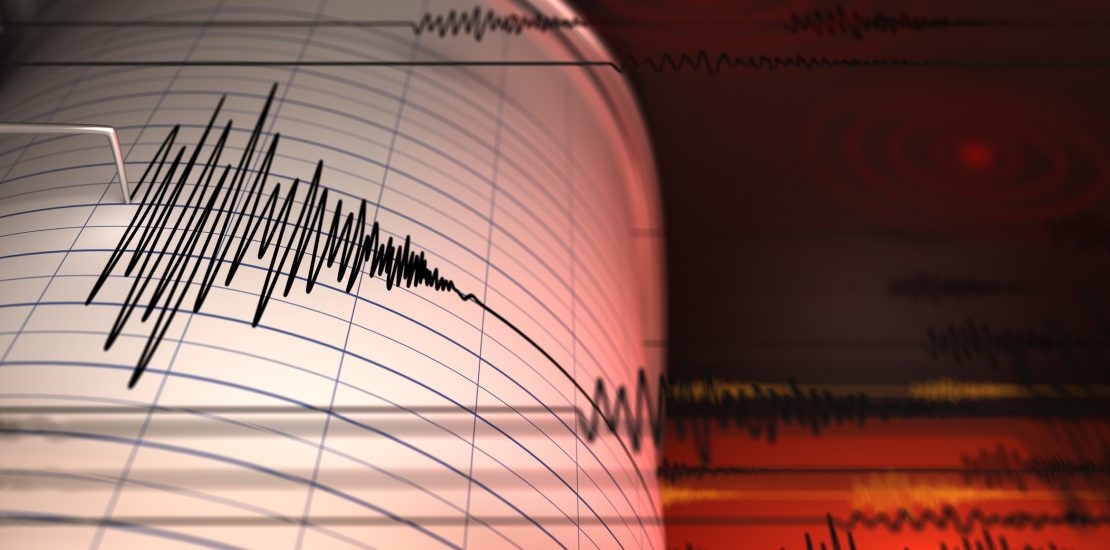Introduction to Seismic Assessment for Existing Buildings
- October 13, 2022
- Posted by: Velosi Author
- Categories: Civil, Engineering, Insights

Introduction to Seismic Assessment for Existing Buildings
Seismic assessment is the process of identifying the potential for earthquakes or natural disasters to cause ground motion and structural damage. This assessment process is usually carried out by a team of designers/engineers. They use a variety of data including geological, seismological, geotechnical, geophysical, and engineering data to determine the seismic hazard level for a project site or region.
Moreover, it is not just about the risk of earthquake damage. It also includes other natural hazards such as landslides, floods, hurricanes, and tornadoes that can impact buildings or infrastructures.
Seismic Assessment and Earthquake Prediction
Seismic assessment is a method for predicting earthquakes or other natural disasters. The assessment of the hazard (seismic threat) is done with the help of different methods, like seismology and geology. They formally estimate the risk of sudden, damaging earthquakes or natural disasters.
Little into depth, Seismic assessment is the process of analyzing seismic data in order to determine where a fault line lies, how fast it is moving, and what activity might be expected in the future. This practice has helped predict earthquakes with greater accuracy than people have ever had before. Seismic Assessment technology should be embraced because it can help save lives and give people a chance to prepare for an earthquake before it strikes.
Different Types of Seismic Analysis?
Seismic analysis is the process of interpreting seismic waves in order to identify the properties of the Earth’s subsurface. There are a number of different types of seismic analysis used for different purposes.
Surface Wave Analysis (SWA)
This type of analysis is done on a surface and measures the time it takes for seismic waves to travel through the ground from an earthquake source point. It can be used to measure depth, velocity, and density at specific points in a region.
Seismic Waveform Analysis (SWA)
In this type, seismic waves are recorded by seismometers as they travel through Earth’s surface or subsurface. The data collected from these measurements can be used to find out information about how deep underground an earthquake occurred and its magnitude.
What are the Advantages of Using Seismic Analysis?
Seismic analysis is one of the most important aspects of structural engineering. It is a field that has come a long way since it was first introduced in the 1960s, approximately.
There are several advantages of using seismic analysis. Firstly, it can be used to identify hazards in advance. Secondly, it can provide early warnings so that appropriate action can be taken to minimize damage and also reduce risks to life and property. Thirdly, seismic analysis can be used to assess the risk levels at a particular location and suggest measures to decrease the risk level. Last but not the least, over time seismic analysis has been able to use various tools and techniques that have helped increase accuracy levels and make seismic analysis more precise. While there are many advantages of using seismic analysis, perhaps its most important use is for reducing potential earthquake risks.
Seismic Assessment Process
The seismic assessment process evaluates critical deficiencies in a building that can be exposed to earthquakes or other natural disasters affecting the building and resulting in relevant life risks. When we consider “deficiency in building structures” it is referred to the elements of buildings that eventually fail when subjected to earthquakes/natural disasters.
The Seismic Assessment Process involves the following steps:
- Performance Evaluation
Performance evaluation requires the identification of different performance levels, seismic hazards, and limit states. During the initial process of performance evaluation, we diligently evaluate the damage level an existing building could experience as a result of any sort of natural disaster (mainly earthquake). Moreover, the occupancy level, and life safety level are also evaluated with collapse prevention, which indicates the damage level of a building subjected to the verge of collapsing.
This performance requirement evaluation shall be thoroughly evaluated with different performance factors.
- Building Structure Data
When evaluating an existing building, it is highly important to gather detailed information. This evaluation process can be followed by testing procedures that will assist to conduct a reliable study.
- Structural Assessment
Once we have the performance level values and building information, it is easier to conduct a structural assessment/proper evaluation of the building.
This process shall include:
- Analysis under non-seismic loads
- Analysis under seismic loads
- Documented assessment report
Seismic Assessment Results
A seismic assessment of a building is a technical procedure that uses vibrations to identify the strengths and weaknesses of a building. It helps determine areas where improvements need to be made. A positive seismic assessment provides the owner with an understanding of what needs to be done and where, while also outlining potential risks or dangers.
While a negative seismic assessment would provide false results and cause unnecessary panic. A false result could have dire consequences, as it can lead an engineer to incorrectly identify structural problems in their building’s foundation when there are none. This can lead to repairs that are more expensive than necessary, leading the owner into deeper debt.
Conclusion
To conclude, as described above Seismic Assessment is an important aspect to visualize and analyze the structural integrity of buildings. To make everyone safe around, this assessment should be conducted appropriately in accordance with regulatory standards.
Velosi Safety & Integrity Pakistan offers a wide range of Civil Engineering and Inspection Services, led by certified industry experts. We value your assets by providing you with the best solution possible to enhance the overall performance of your asset.
Please contact us for more information and assistance.



